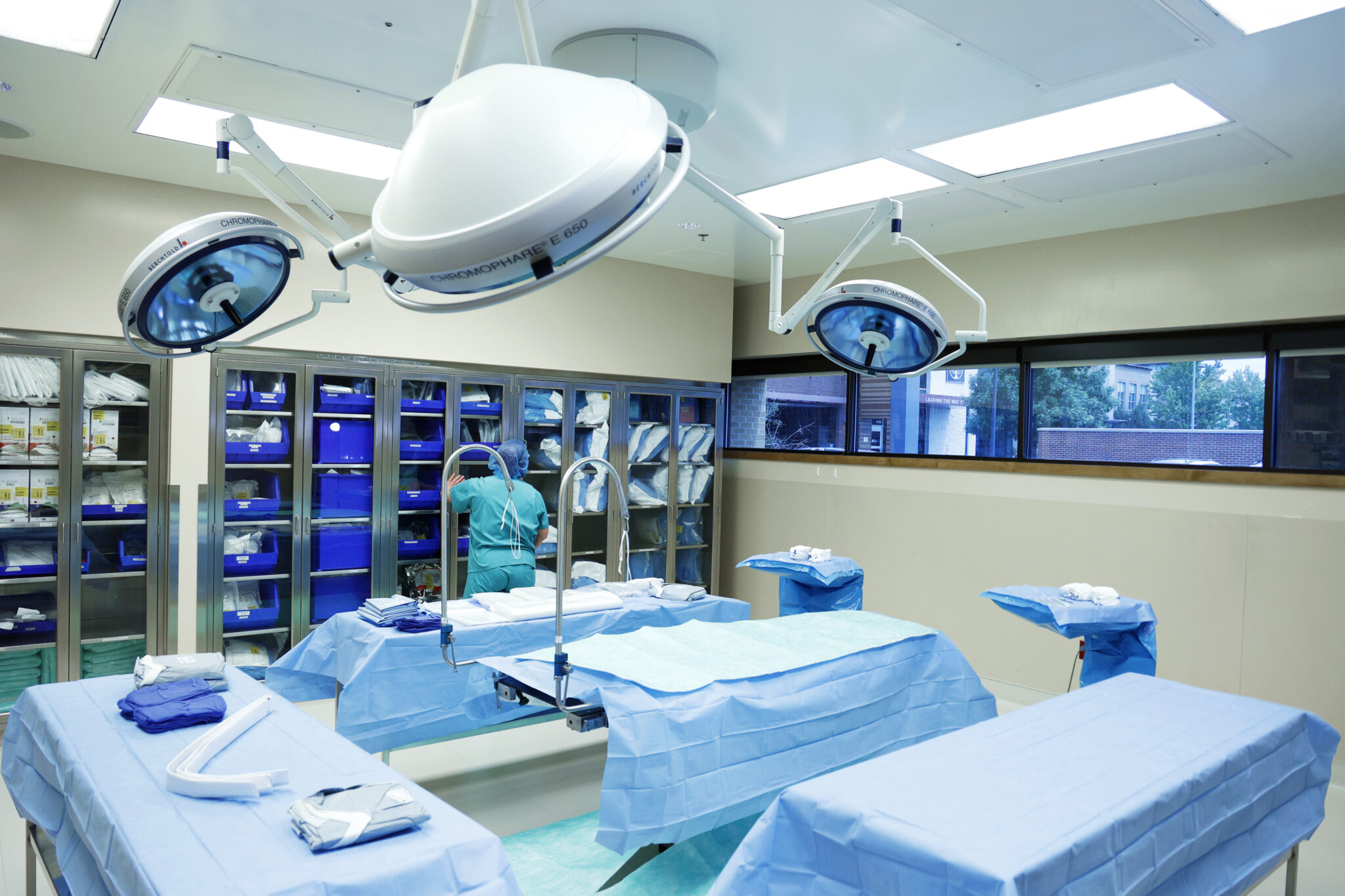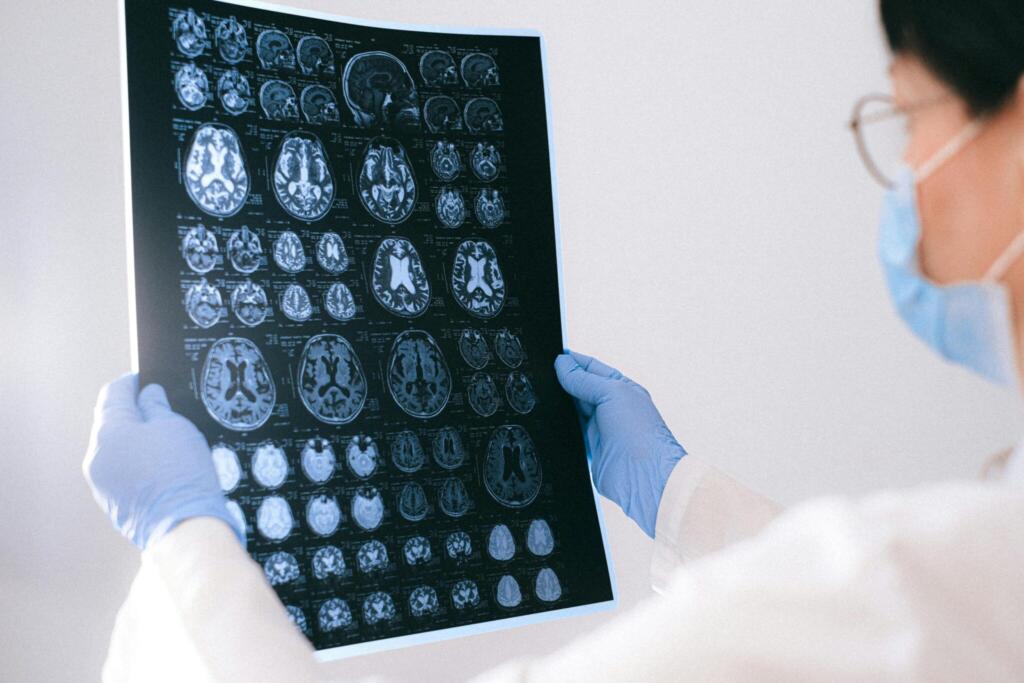Donation Essentials Blog
Improving the Organ Donation System with On-Site Recovery Centers
Improving the Organ Donation System with On-Site Recovery Centers
Every 8 minutes, someone is added to the transplant waiting list. Right now, in Colorado and Wyoming, nearly 1,300 people await a lifesaving organ transplant. Nationwide, more than 100,000 people are on the transplant waiting list. The need for lifesaving organ donations is urgent. Unfortunately, widespread concerns have some people asking, “why is the organ donation system being broken?” This perception is causing people to remove their names from the donor registry. Organ procurement organizations (OPOs), such as Donor Alliance, recognize these concerns and are toward improving the organ donation system. Donor Alliance applauds our transplant colleagues who join us by concentrating resources and efforts to strengthen the U.S. transplantation system. This joint effort honors organ donors and their families while ensuring those in need can receive a lifesaving and healing transplant.
Of the 56 OPOs, Donor Alliance was among the first to utilize on-site recovery centers. Opening in 2011, this center significantly improves efficiency throughout the organ donation process by freeing up operating room (OR) space and optimizing medical staff time. On-site organ recovery centers focus solely on donor care and organ preservation. By centralizing resources and eliminating competing hospital priorities, these facilities reduce delays, improve organ viability, and ensure a more compassionate environment for donors and their families. They also free up hospital resources such as operating rooms and medical staff, streamlining donation processes.
Challenges in the Current Organ Donation System
OPOs serve the United States as a unique area of healthcare. OPOs are regionally based non-profit organizations that act as a compassionate and essential connection between organ and tissue donors and patients in need of lifesaving and life-healing transplants.
In 1984, the National Organ Transplant Act (NOTA) established the framework for a national organ recovery and allocation system in the private sector. The result is a fair and ethical way to distribute organs based on organ matching through established criteria. This Act assigned one OPO in each designated service area. By designating one OPO per area, NOTA eliminated competition between organizations. This allowed OPOs to allocate resources and focus on maximizing education and awareness efforts throughout their designated area.
The traditional organ donation system relies on hospital-based recovery, balancing urgent patient care with the complex organ recovery process. This includes assessing potential donors, conducting necessary medical evaluations, and managing the logistics. Though effective in many ways, the traditional hospital recovery model is constrained by competing priorities. Organ recovery demands specialized resources that must be balanced with emergency care, leading to transport issues that can diminish organ viability and impact transplant outcomes. Prioritizing immediate patient needs often delays organ donation, critically impacting transplant candidates. For those awaiting a transplant, such delays can mean the difference between life and death. These complexities highlight the urgency for more efficient solutions in organ donation.
A New Approach: On-Site Recovery Centers

An on-site recovery center offers a powerful solution to the challenges faced in traditional organ donation systems. These specialized facilities, dedicated solely to organ recovery, distinguish themselves from hospital-based systems, focusing exclusively on donor care and organ preservation. This concentration of resources and expertise streamlines the recovery process, ensuring faster organ recovery and better coordination with transplant centers.
In addition to enhancing operational efficiency, on-site recovery centers offer substantial operational benefits. Dedicated recovery centers help free up critical care beds, nursing staff, and other hospital resources while minimizing delays in the organ recovery process caused by busy donor hospital elective surgery schedules and unpredictable surgical emergencies that can result in organ recovery procedures being postponed. Avoiding these challenges through on-site recovery centers also creates a more compassionate and respectful environment for donors and their families during an incredibly difficult time.
Transplant recipients benefit greatly from improved organ viability, quicker access to transplants, and a smoother process overall. On-site recovery centers help meet urgent patient needs, transforming the organ donation system and enhancing outcomes for everyone involved.
Donor Alliance’s Recovery Center: Leading the Way in Organ Donation Innovation
Donor Alliance opened its state-of-the-art on-site recovery center in June 2011. Equipped with three ORs, a donor care unit (DCU), a family room, a donor resource center, and state-of-the-art equipment, the recovery center is a pivotal part of the organ donation process.
By the Numbers:
- Donor Alliance’s Recovery Center was one of the country’s first four free-standing organ recovery facilities. Today, 11 free-standing organ recovery facilities exist in the U.S., and development occurs annually.
- Nearly all eligible organ and tissue recovery cases occur at the facility.
- Since its opening in 2011, Donor Alliance has honored the decisions of nearly 800 organ donors and more than 21,000 tissue donors.
Looking Ahead: The Future of Organ Donation with On-Site Recovery Centers
Today, the U.S. recovery and organ donation and transplantation systems are among the best in the world. Thanks to innovation and continuous improvement, more transplant patients than ever continue to receive lifesaving gifts from generous donor heroes. The widespread adoption of on-site organ recovery centers promises to redefine the organ donation landscape. These centers set the stage for a system where every donation opportunity is honored, organs are preserved with optimal care, and more lives are saved daily.
To learn more or to register as an organ, eye, and tissue donor, please visit DonorAlliance.org.


